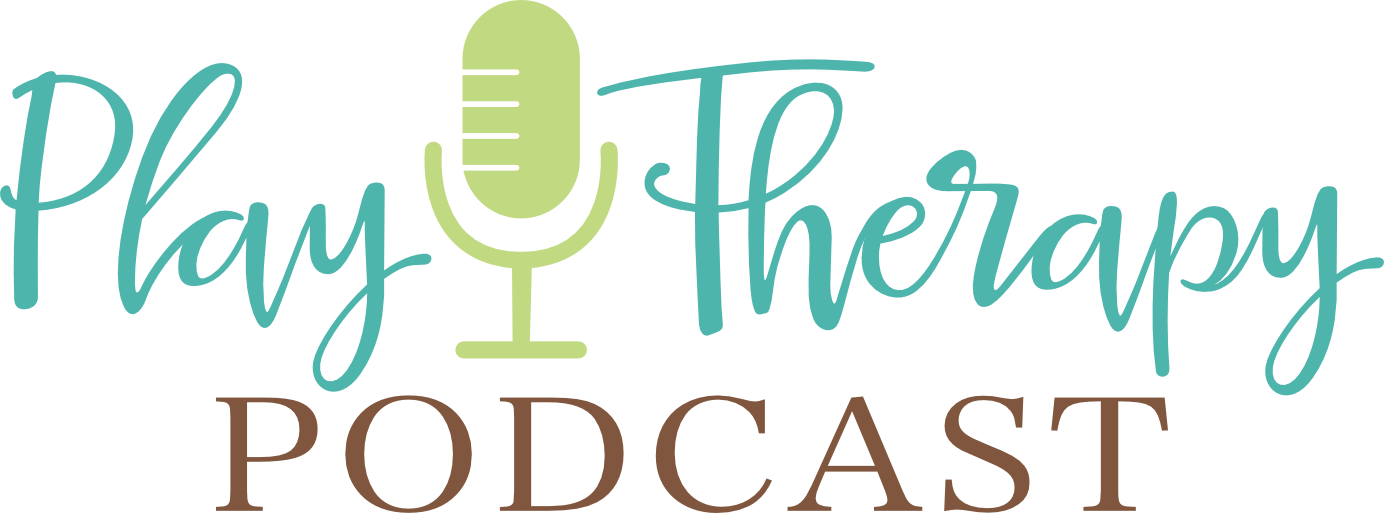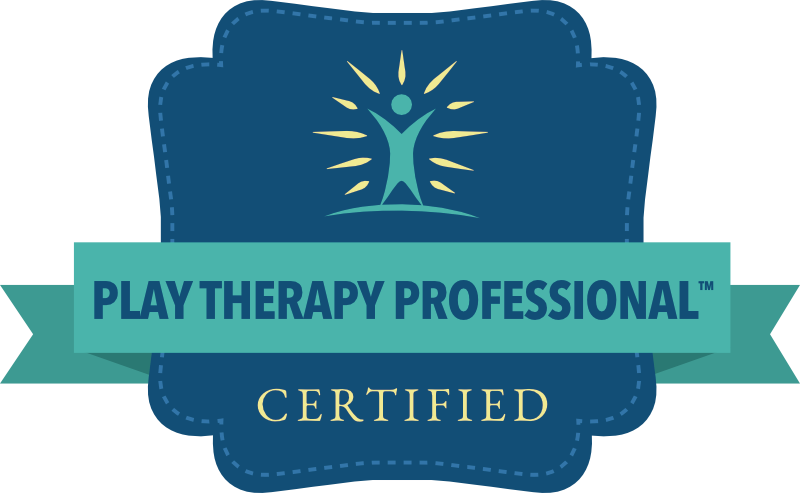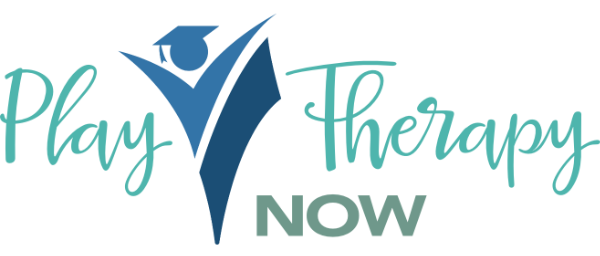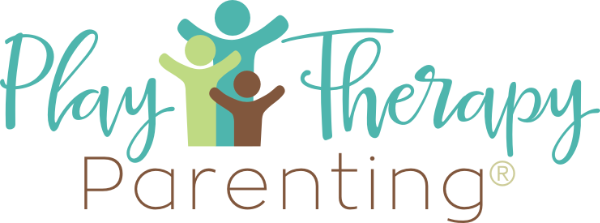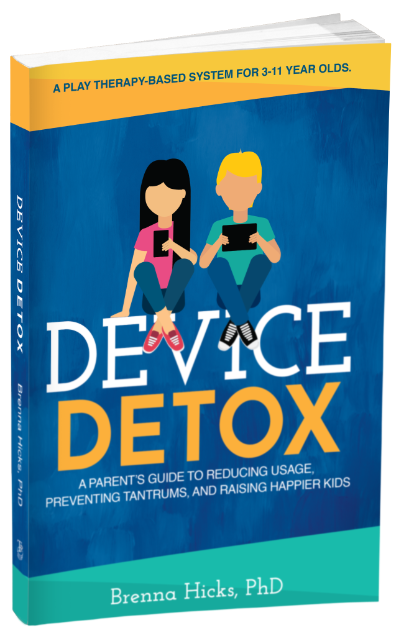The Power of You: Why Your Personality Matters in Child-Centered Play Therapy
In this episode of the Play Therapy Podcast, I continue our summer school series by diving into the eighth and final principle from Gary Landreth’s “Innovations in Play Therapy.” This principle focuses on establishing therapeutic limits that help children accept personal and appropriate relationship responsibility.
I explore the importance of setting limits in child-centered play therapy, emphasizing how these limits provide security and safety within the therapeutic relationship. I discuss the balance between granting autonomy and setting necessary boundaries, and how this approach helps children develop self-discipline and self-control.
Throughout the episode, I highlight the significance of maintaining neutrality when setting limits, the importance of being a helpful authority figure, and the critical role of the therapist’s personality characteristics and interpersonal skills in building a therapeutic relationship. I conclude by reminding listeners that it’s not just about techniques or materials, but about who you are as a therapist that truly makes a difference in the healing process.Sign up for my exclusive newsletter at playtherapynow.com. Stay ahead with the latest CCPT CEU courses, personalized coaching opportunities and other opportunities you need to thrive in your CCPT practice!
Episode Reference:
Landreth, G. L. (Ed.). (2001). Innovations in play therapy: Issues, process, and special populations. Brunner-Routledge.
Ask Me Questions: Call (813) 812-5525, or email: [email protected]
Brenna’s CCPT Hub: https://www.playtherapynow.com
CCPT Collective (online community exclusively for CCPTs): https://www.ccptcollective.com
Podcast HQ: https://www.playtherapypodcast.com
APT Approved Play Therapy CE courses: https://childcenteredtraining.com
Twitter: @thekidcounselor https://twitter.com/thekidcounselor
Facebook: https://facebook.com/playtherapypodcast
The Eighth Principle of Child-Centered Play Therapy: Establishing Therapeutic Limits
As we conclude our summer school series with Gary Landreth’s “Innovations in Play Therapy,” we focus on the eighth and final principle: the establishment of therapeutic limits. This principle is crucial in helping children accept personal and appropriate relationship responsibility within the play therapy setting.
The Importance of Therapeutic Limits
The eighth principle states that “the therapist establishes only those therapeutic limits that help the child accept personal and appropriate relationship responsibility.” (Landreth, 2001.) This concept introduces a new phrase: “appropriate relationship responsibility,” which adds richness to our understanding of therapeutic limits.
Therapeutic limits serve multiple purposes:
- They provide children with a sense of security necessary for effective therapy.
- They offer clear definitions of acceptable and unacceptable behavior.
- They protect the child, the therapist, and the playroom.
- They serve as a constant reminder of the distinction between fantasy and reality.
As Campbell noted in his 1993 interview with Violet Oaklander, “Children need to know deep down inside that the people who love them will keep them safe even when they play.” (Landreth, 2001.) This quote emphasizes the importance of the relationship and environment in the child-centered model.
Setting Limits: A Balancing Act
In child-centered play therapy, we aim to provide as much freedom and autonomy as possible while setting necessary limits. This balance is crucial because, as the CPRT manual states, “without limits, there is no security, and with no security, there is no safety within the relationship.” (Landreth, 2001.)
When setting limits, it’s essential to:
- Maintain neutrality while sympathetically reflecting the child’s feelings
- Set limits in an impersonal, non-punishing manner
- Convey the spirit of a non-punitive, helpful authority
The Role of the Therapist in Limit Setting
As child-centered play therapists, we must recognize and respect the child’s wish to break limits. Our role is to provide harmless channels for the child to express their feelings while maintaining boundaries. This approach allows us to be accepting of the child’s feelings without permitting them to carry those feelings into inappropriate action.
It’s crucial to remember that all feelings are valid, even when behavior is inappropriate. Our goal is to remain accepting and neutral, even when a child chooses to break a limit. We enforce the consequences of their choices without judgment or emotional reaction.
The Power of the Therapeutic Relationship
While materials and techniques are important, it’s the therapeutic relationship that truly brings about healing and growth. As child-centered play therapists, our personality characteristics and interpersonal skills are critically important. The way we interact with children, our essence, and our being all contribute to the therapeutic process.
Celebrating Your Role as a Play Therapist
As we conclude this series, it’s important to recognize the power of your presence in the playroom. While continued learning and skill development are crucial, don’t forget that your unique personality traits and characteristics play a significant role in the therapeutic process.
Remember, it’s not just about your knowledge or clinical skills – it’s about who you are and the relationship you build with each child. Celebrate the fact that your interactions with your clients are meaningful simply because you’re you.
As we move forward from this summer school series, let’s carry this understanding with us: our presence in the playroom matters, and the therapeutic relationship we build is at the heart of the healing process in child-centered play therapy.
Reference:
Landreth, G. L. (Ed.). (2001). Innovations in play therapy: Issues, process, and special populations. Brunner-Routledge.
